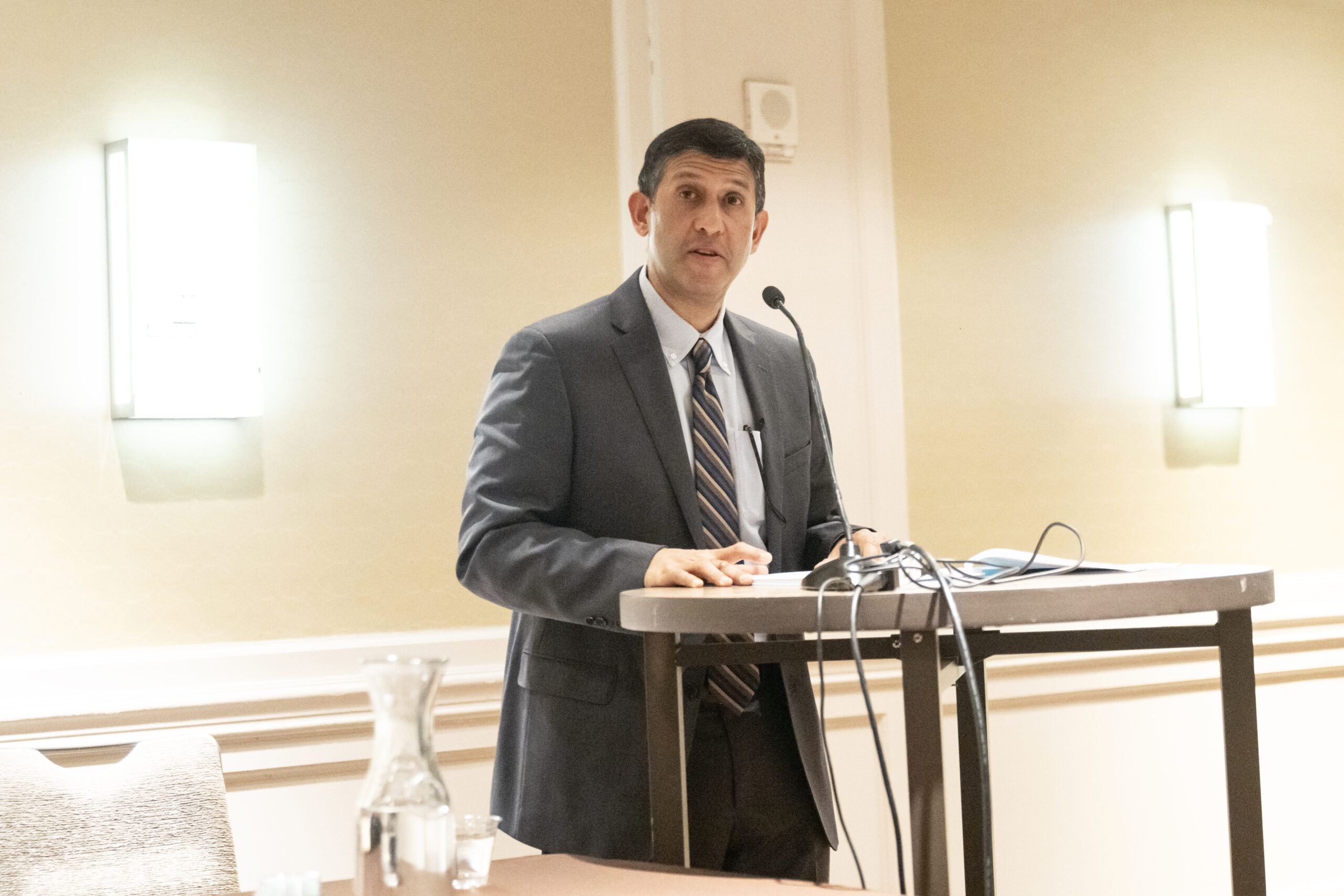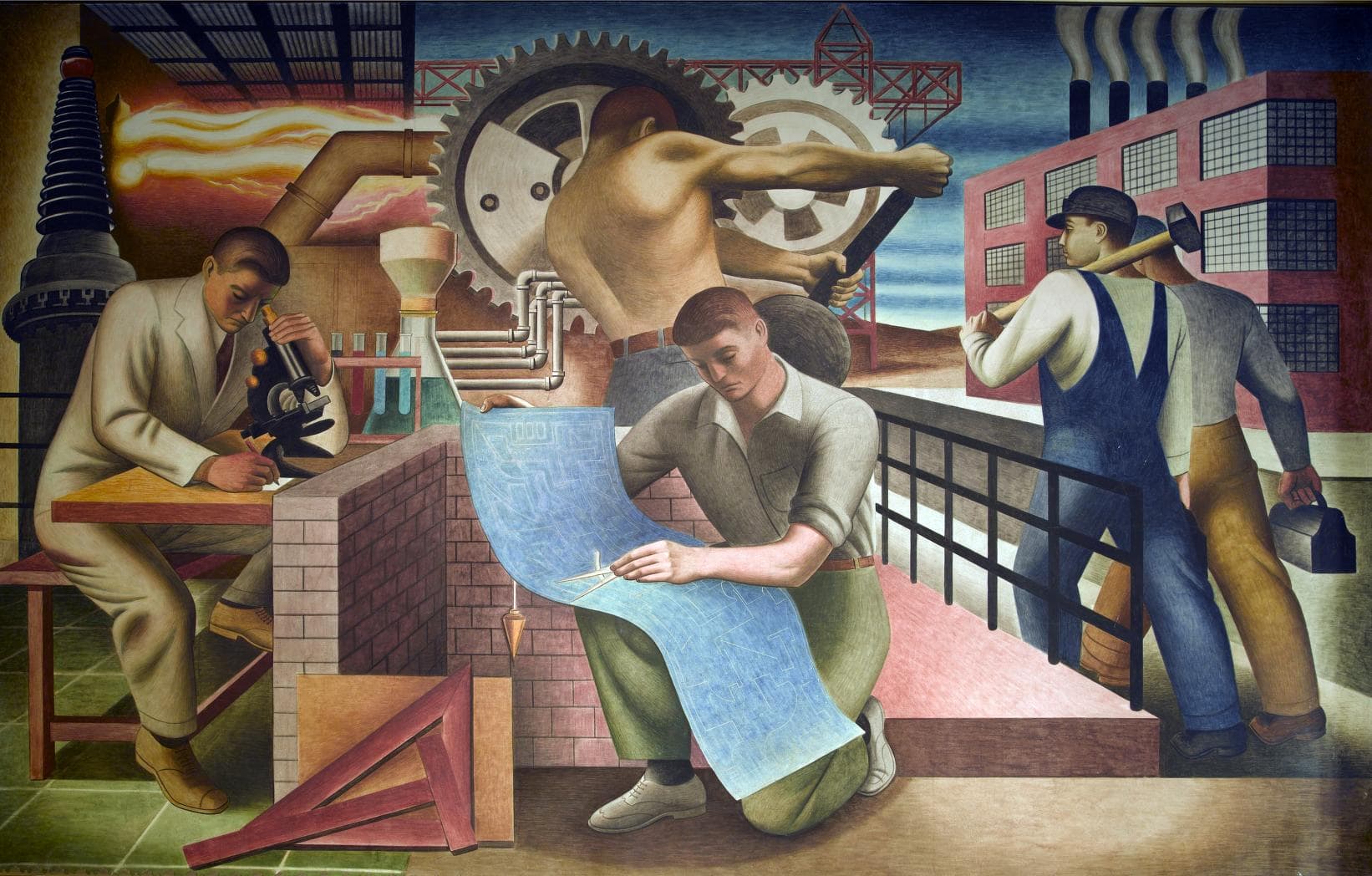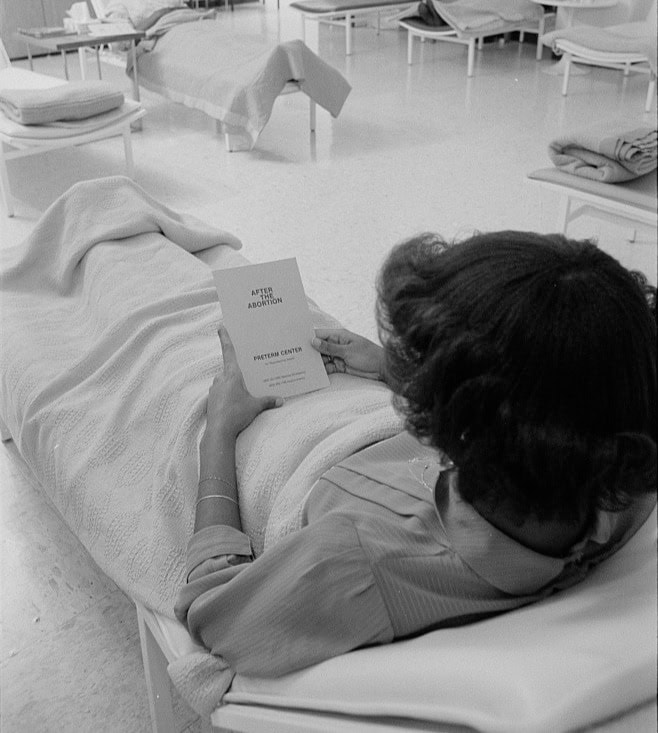Editor’s Note: The Association solicited the following article hoping to stimulate further discussion. If you would like to write a letter to the editor or a short (four to five double-spaced pages) article in response to this article, please contact Editor, Perspectives, 400 A St., SE, Washington, DC 20003. (202) 544-2422, ext. 120.
On November 16, 1996, the administration of the University of California, Los Angeles, issued a statement in response to a strike threat by the organization that is working to earn recognition as the legal and legitimate collective bargaining unit for graduate student academic employees (GSAEs) at the university. The statement contained an interesting reference to the employees. The employees, according to the administration, “are primarily students, whose educational objectives are enhanced through their apprenticeship experience. They are not primarily employees.”
The use of the term “apprenticeship” made me realize that the situation faced by GSAEs is similar to that faced by apprentices in the craft guilds that dominated the lives of artisans in premodern Western societies. Graduate student assistants are one of the last vestiges of that system. Like their predecessors, the apprentices of today work hard to learn the skills of their masters as they strive for membership in the modern-day guilds known as colleges and universities. But they, like all apprentices, could also benefit from the ability to negotiate effectively with their masters. By speaking with college and university administrators as partners in their training, graduate student assistants would be able to ensure a decent wage, care for their fellows who happen to be sick, and have some security from the tides of misfortune.
Under the guild system, groups of people attempted to exert control over the practices of their respective crafts. Though perhaps not organized to protect the Interests of “labor” as current collective-bargaining activists define it, the guilds nevertheless restricted entry into the crafts, controlled prices, and acted in other ways to protect the interests of their members, the working artisans of premodern Western civilization. Perhaps the guild system most benefited masters, but it nevertheless protected apprentices as well.
My argument in favor of unionization for GSAEs rests on what I believe is the right of all labor to organize. In the history of our own country, the right of people to organize, to protect their interests as laborers, and to assert some control over their working lives was extremely difficult to obtain. Countless people have endured strife and toil to secure some protection in the face of often fierce opposition. In the political culture of our day, thrown on the wheel of the New Deal and fired in the kiln of the Great Society, labor issues continue to occupy a significant place in our discourse. For example, an important goal of the “Republican revolution” of 1994 was the dismantling of the welfare state and its protections for working Americans. That labor unions still survive and even thrive in the face of such opposition shows that their existence, tough enough to obtain, is still important to many people.
Organized Labor Is a Fact of Life on Campuses
Labor organization is found on our campuses and in the halls of academe. Universities across the nation recognize the organizations that represent their nonacademic employees. In California the Public Employees Relations Board exists to regulate the relationship between the state (including the .university of California) and its employees. By certifying that a union represents the majority of workers in a given area, the board protects the public employees of the state and also sanctifies the right of the workers to organize. Similar organizations operate in other states.
Collective bargaining also exists for the professional academic employees of the university. At the University of California, the academic senate works hard to protect the interests of professors. The senate engages in a broad range of activities that affect professors, but many of those activities directly concern the relationship between the employer (the university) and its employees (professors). For instance, the senate expends a great deal of energy on the issue of shared governance. Shared governance is about who controls the university-the administration, the faculty, or the regents. If the university can be described as a knowledge factory, then shared governance becomes a contest for control of the shop floor. Similar organizations and conflicts exist at colleges and universities all around the nation.
It is clear, then, that the right of labor to bargain collectively is something that colleges and universities respect. By negotiating with labor unions and the academic senate, the university recognizes that through a shared discourse the participants in the knowledge factories of academe can all benefit from their relationship to knowledge production.
Regarding GSAEs, recognition of collective- bargaining rights is a step that would allow GSAEs to have a just and fair relationship with their employer. Collective bargaining would allow them to enter into a conversation with the university in which they could speak as equal partners at the table of negotiation and compromise. Protection of workers is the main purpose of unionization; granting recognition to those organizations that represent graduate student academic employees would ensure that they would be given the same protections and security that other university employees enjoy.
Students versus Workers
A common objection, as voiced by the UCLA administration, is that the status of GSAEs as students is more important than their working relationship with the university. I would counter this point by saying that regardless of any other relationship that exist between an employee and an employer, both parties still have a connection that revolves around pay for work done. If some employees are prevented from collective bargaining because they also have another kind of connection to their employer, what is to prevent the administration of a university from claiming a “special relationship” with all it employees? As with any other employer, the university owes all its employees fair compensation for the work they do. The decision over what is fair compensation is one that should be made between the employer and the collective bargaining association that represents the employees. By offering recognition to unions that represent GSAEs, university administrations will communicate that they are willing to treat all their employees with the same amount of respect.
A sad fact of existence for the majority of graduate students is a lack of adequate resources to fund their apprenticeship. For those who seek to gain the benefits of employment as a research assistant, reader, or teaching assistant, a wage that is lower than fair presents extreme hardship. Many must take on extramural jobs to make ends meet. Unionization would give GSAEs the security of a fair wage for the work they put in. Medical insurance is also a concern for many. Protection from the potential pitfalls of life is another safeguard that unionization would allow. A fair wage and medical insurance would make GSAEs better teachers and researchers. They would not have to worry as much about bread-and-butter issues and could therefore concentrate more on their research and their students.
Benefits for Other Employees
Collective bargaining offers obvious benefits to GSAEs. But what about other members of the university community? They have as much to gain from recognition of GSAE unions as the teaching assistants, readers, and research assistants themselves do. Those employees who are already unionized and whose organizations have been recognized by the university could negotiate with confidence if they knew that other groups on campus operated with the same security. They could also feel more confident that the university would not decertify their own representatives. A university that will treat its employees fairly by recognizing their right to organize will be more trustworthy in all its communications. For those workers who have not yet organized but who would like to, recognition of GSAE unions would help them in their own struggle. Their morale would be raised by the success of fellow workers, and they would no doubt learn from the strategies and techniques employed by triumphant GSAE efforts. Finally, other unions on campus would benefit from the knowledge that GSAEs were not being unfairly treated. With recognized representation, GSAEs could take their place at the table in an atmosphere of mutual respect and confidence.
Benefits for Faculty
Apart of the university community that has a special relationship to GSAEs is the faculty. After all, the apprentices are training to become professors themselves. The administration will try to drive a wedge between the faculty and the guild apprentices through a variety of methods. As with other employees, it is in the best interests of the faculty that university administrations recognize and negotiate in good faith with GSAE collective bargaining organizations.
One of the most treasured realms under faculty control is the classroom. An important point to make here is that the demands of GSAE unions have nothing to do with classroom issues. Unions are not trying to wrest control of the teaching environment from professors and instructors. The issues that concern GSAEs are strictly workplace issues, not academic issues. They consist of bread-and-butter concerns like wages, working hours, and medical insurance. These issues pertain only to the relationship between GSAEs and the university administration, not to the classroom or the alliance between professor and teaching assistant.
An important corollary to this point is the’ fact that all employment discussions would take place between the employee and the university administration. If a professor had, any concern with a particular assistant, he or she could rest assured that the dispute would be handled by a third party. Any questions would therefore be resolved without hard feelings. This would be a direct benefit to faculty members, who could concentrate on their teaching and research without worrying about how workplace issues might disrupt their relationship with teaching assistants, readers, or research assistants.
Finally, an improved standard of living for GSAEs would mean that faculty would not have to worry about the kinds of emergencies that could adversely affect the conduct of research or teaching. A teaching assistant with medical insurance would not have to drop out of school in the middle of a term because he or she could not deal with a medical emergency. This is especially relevant for those who need health insurance for dependents. A research assistant who is overly concerned with an ill spouse or child cannot be as effective in the laboratory or library. With GSAEs in better living situations because of collective bargaining, faculty could be assured of having assistants who can fully concentrate on teaching or research.
The reasons why universities should recognize the collective bargaining rights of graduate student academic employees are clear. First of all, all labor has a basic right to organize, and this right should not be denied to a particular group of workers because an employer perceives a special relationship between itself and its employees. GSAEs who are able to protect their standard of living and health without resorting to extramural employment would be better able to concentrate on their work and would therefore be more productive. And other workers in the university environment would gain confidence from knowing that the administration treats all of its employees in a fair and just manner. For faculty, the benefits would be especially acute. They could interact with their assistants without fear of generating hard feelings from workplace disputes, as these would be handled by a third party. The classroom would not be affected by collective bargaining, so professors could continue to direct the learning environment as they wish. Finally, professors could operate with the security of knowing that their research and teaching assistants would be free from the worries that come with wages and benefits that are not fair. The apprentices of our modern guilds are demanding their rights to collective bargaining. Everyone will share in the benefits of recognition, and the university will become better as a result.
Gregory M. Beyrer is a second-year graduate student in American history at UCLA. He received an MA from San Jose State University and two BAs from the University of California, Berkeley.


